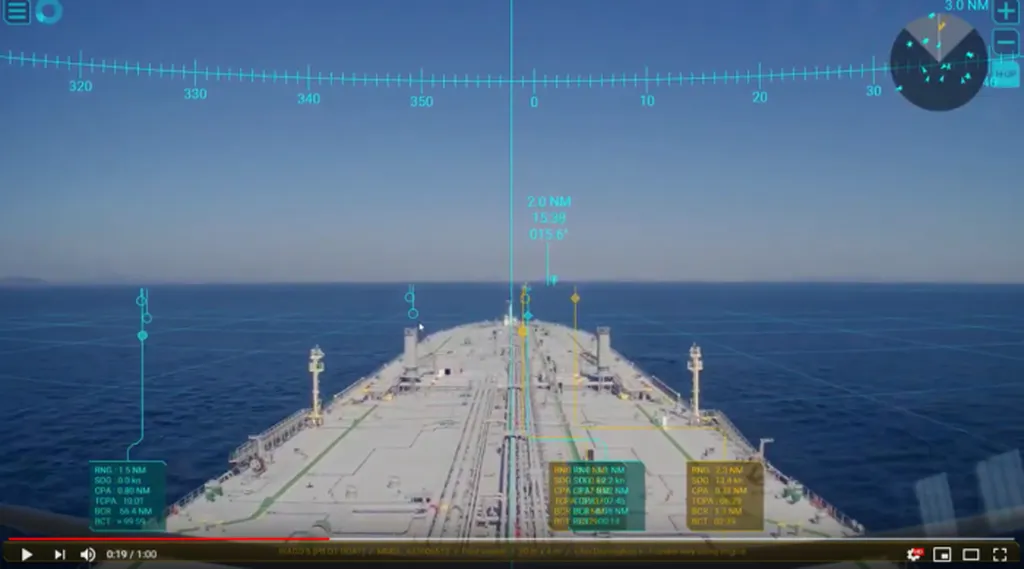Researchers from the University of Lyon, including Paul George, Indira Thouvenin, Vincent Fremont, and Véronique Cherfaoui, have developed an advanced driver assistance system that leverages augmented reality (AR) to enhance safety and situational awareness for drivers. Their system, named DAARIA (Driver Assistance by Augmented Reality for Intelligent Automobile), integrates multiple sensors to detect obstacles, quantify their danger, and monitor the driver’s behavior in real time. The system uses AR to project relevant hazard information onto the driver’s field of view, allowing them to stay focused on the road while receiving critical navigation data.
The core innovation of DAARIA lies in its ability to seamlessly blend real-time data with the driver’s visual perception. By using sensors to detect and assess obstacles, the system calculates the level of danger they pose and then translates this information into intuitive visual cues. These cues are displayed through an AR interface, ensuring that the driver remains aware of potential hazards without diverting their attention from the road. This approach not only enhances safety but also reduces the cognitive load on the driver, making it easier to react to changing conditions.
One of the key advantages of DAARIA is its adaptability. While initially designed for automotive applications, the researchers highlight that the system’s principles could be extended to other domains, including aerospace, fluvial, and maritime navigation. For the maritime sector, this technology could revolutionize bridge operations by providing captains and officers with real-time hazard detection and navigation assistance. Imagine a ship’s bridge where augmented reality overlays critical information such as nearby vessels, underwater obstacles, and weather conditions directly onto the captain’s view. This could significantly enhance situational awareness and decision-making, particularly in congested or high-risk areas.
The practical applications of DAARIA in maritime navigation are substantial. For instance, in ports and narrow waterways, where manoeuvring is challenging, AR-assisted navigation could help prevent collisions and groundings. By providing real-time data on the vessel’s position relative to obstacles and other ships, the system could guide captains through complex manoeuvres with greater precision. Additionally, in open waters, AR could assist in route planning and hazard avoidance, particularly in low-visibility conditions or during adverse weather.
The researchers’ findings suggest that DAARIA could be a game-changer for the maritime industry. By integrating advanced sensor technology with augmented reality, the system offers a powerful tool for enhancing safety and efficiency in navigation. As the technology evolves, it could become a standard feature in modern vessels, contributing to the broader goals of reducing maritime accidents and improving operational efficiency. The potential for DAARIA to be adapted for maritime use underscores the importance of cross-industry innovation and collaboration in driving technological advancements. Read the original research paper here.

